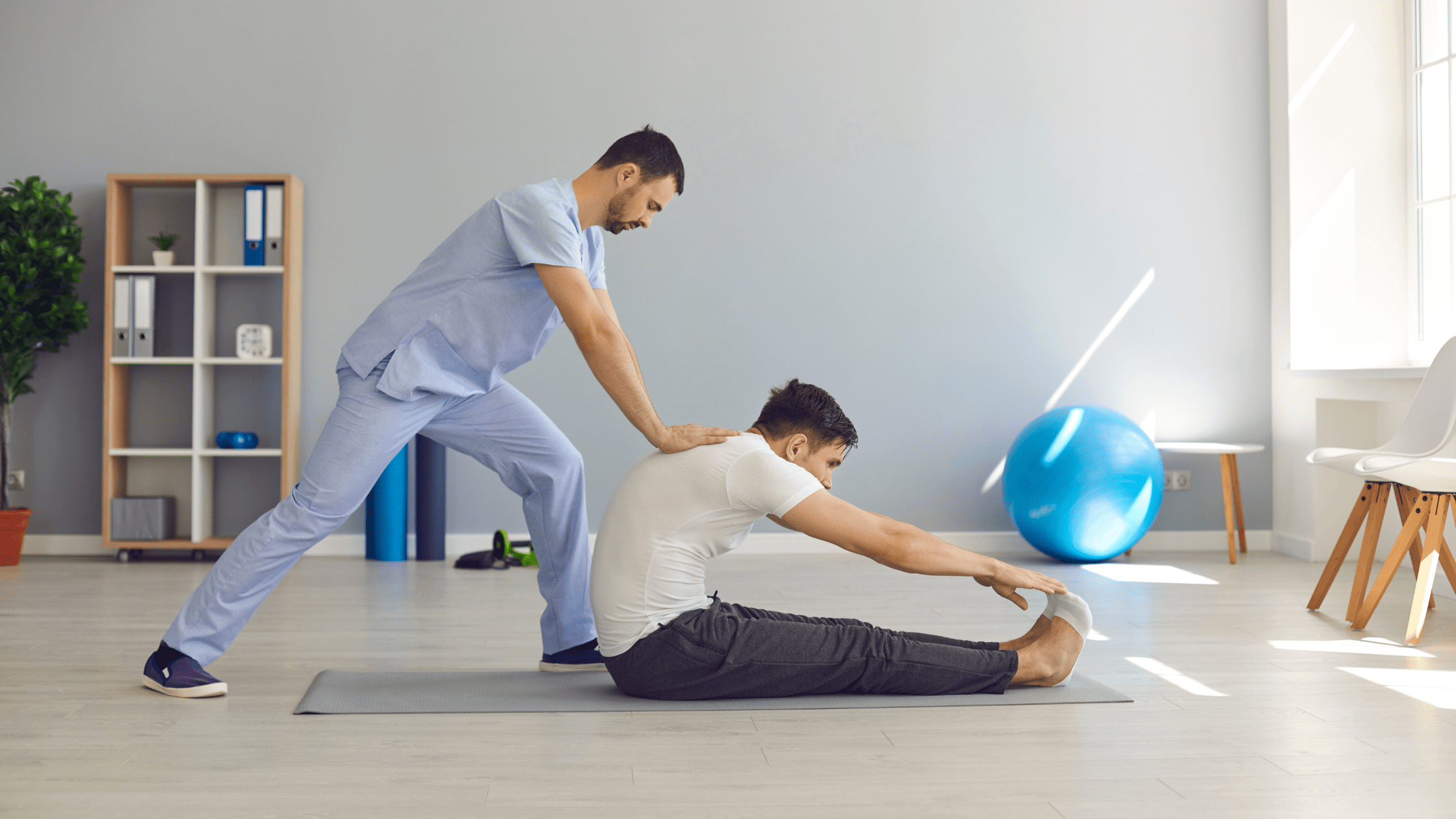
Muscle spasms can hurt, even though they’re often not severe or long-lasting. Alleviating a cramp in the muscles can be especially beneficial when stretching. Additional home remedies, including massages, heating pads, and sufficient water intake could also be beneficial.
Muscle cramps or aches can result from muscles that are excessively collapsed either one muscle at a time or a combination. They can be painful and result from excessive strain on the muscles. Their association with ailments like fibromyalgia, neck discomfort, and lower back pain is widely recognized.
The agony and suffering caused by muscular spasms or stiffness can be lessened with the aid of prescribed medicines. A few over-the-counter drugs may also be employed to relieve pains and discomforts brought on by cramps in the muscles. These are the 5 effective treatment options for muscle contracture relief.
1: Organic arnica body treatment
For millennia, people have utilized arnica as a medicine. It has recently gained popularity in dermatology and medical treatments to treat wounds, reduce inflammatory processes, ease joint and muscular pain, and cure injuries.
This Organic arnica body treatment contains organic arnica that treats pains, bruising, and inflammation; it’s a pain reliever with antibacterial, anti-inflammatory, and repulsive qualities that come from phytonutrients such as sesquiterpenes, helenalin, flavonoids, and polysaccharides.
2: Antispasmodics: Centrally acting skeletal muscle relaxants (SMRs)
To help with muscular tension relief, centrally acting SMRs are utilized in conjunction with rehabilitation and relaxation. They may produce a relaxing sensation or stop your nerves from communicating discomfort to your brain. These medications should only be used for two or three weeks.
3: Ice or heat
Hot or cold treatments can be very successful in relieving discomfort and contractions. On multiple occasions, for 15 to 20 minutes at a time, place a cold compress on the affected muscle to relieve chronic tension. Avoid getting the ice on your skin; cover it with a thin towel or cloth.
An ice pack should be applied after using a heating pad on the affected area for 15 to 20 minutes at each application. This is so even if heat reduces discomfort, it may strengthen inflammation. Ice will reduce soreness.
4: Hyperventilation
The use of hyperventilating at 20 to 30 breaths per minute by three volunteers to treat exercise-induced spasms was described in a 2016 review paper on spasms. Breathing quicker and faster than usual is called hyperventilation, which can cause sensations of fear. Consequently, if you suffer from anxiety issues, this may not be the best option for you.
5: Nonsteroidal anti-inflammatory drugs
NSAIDs stop your body’s cells from producing certain compounds that cause swelling and muscle pain. There are both generic and name-brand NSAIDs available. The usual way to sell them is over the counter. Prescription versions are accessible that are higher.
NSAIDs are available in oral pill, capsule, or suspension form. Children’s chewable tablets are also available. Discomfiture and lightheadedness are possible adverse reactions to certain medications.
Treatment of both muscle contractions and stiffness is crucial. Long-term, serious spasticity can cause muscular injury, persistently bending your affected joints or reducing your motion capacity. In addition to being painful, muscular spasms may also indicate a deeper medical issue.